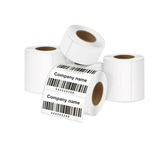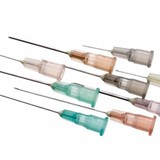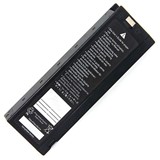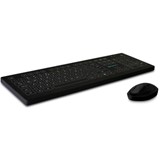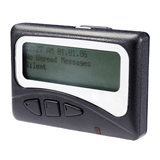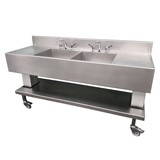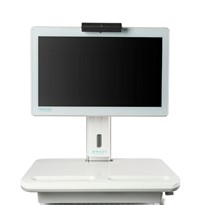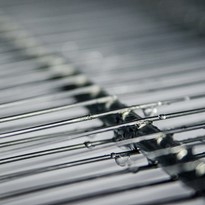With medical technology devices getting better and better, more lives are being saved on a daily basis. However, medical technology has its own share of dangers and we’ll be talking about 5 of them that practitioners should be aware of.
1. Dangerous Exposures from CT Scans and Radiation Therapy
Life-saving radiation therapy can easily become life-threatening if errors occur. Misuse of the equipment and improper dose levels can lead to needless radiation exposures. There is a need for hospitals to ensure that quality assurance procedures are being followed, as well as maintaining sufficient staffing levels. It might also help for personnel to know if dental x-rays are truly safe or not, and how these types of procedures differ from one another.
2. Cross Infection from Flexible Endoscopes
Flexible endoscopes are used for endoscopy procedures—a medical procedure that allow physicians to view the patient’s gastrointestinal tract—that help doctors and clinicians get a better view of the problem. However, improper disinfection and cleaning techniques for flexible endoscopes can cause cross infection, potentially leading to life-threatening infections. Practitioners should contact the manufacturer to help identify the requirements for sterilization and cleaning. Getting in touch with the manufacturer is a good way to maintain and clean medical technology devices.
3. Lapses During Pre-use Inspection Resulting in Anaesthesia Dangers
Unfortunately, serious issues with anaesthesia equipment frequently happen. Medical reports would often include ventilator leaks, empty gas cylinders, and misconnected breathing circuits. Despite doing some pre-use inspections, the results could still be incomplete and inconsistent, due to staff skipping a part of the inspection or using obsolete/generic methods.
To avoid any lapses, staff members must perform an equipment inspection that includes manufacturer-prescribed and mode-specific check for the anaesthesia device, before the first case of the day.
4. Improper Luer (Tubing and Catheter) Connection
Catheter and tubing misconnections can cause liquids or gases to enter the incorrect lines, causing severe injuries to patients. The same concept of understanding how maintenance of dental equipment is crucial applies here, if practitioners want to prevent any mishap from happening.
Conducting periodic training, prohibiting the use of adapters, and requiring clinical staff to trace all of the lines back to the source before making connections, helps to avoid it.
5. Failure of Defibrillator to Function
A malfunctioning defibrillator is indeed a life or death situation. One of the reasons why they malfunction is due to depleted batteries. To ensure that they’ll always be working, medical establishments must perform regular checks and preventive maintenance, as recommended by the manufacturer.
The word we live in right now is a world full of amazing medical technology devices. By understanding their strengths and weaknesses, we get a better chance of utilising their benefits to the fullest. Shusaku Endo says it best “Every weakness contains within itself a strength,” and by understanding some of the dangers associated with medical devices, the more we can use their strength for good.





